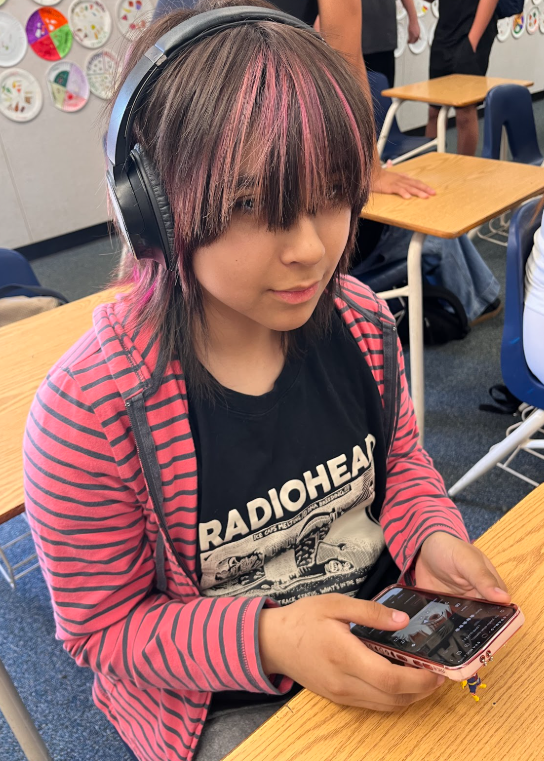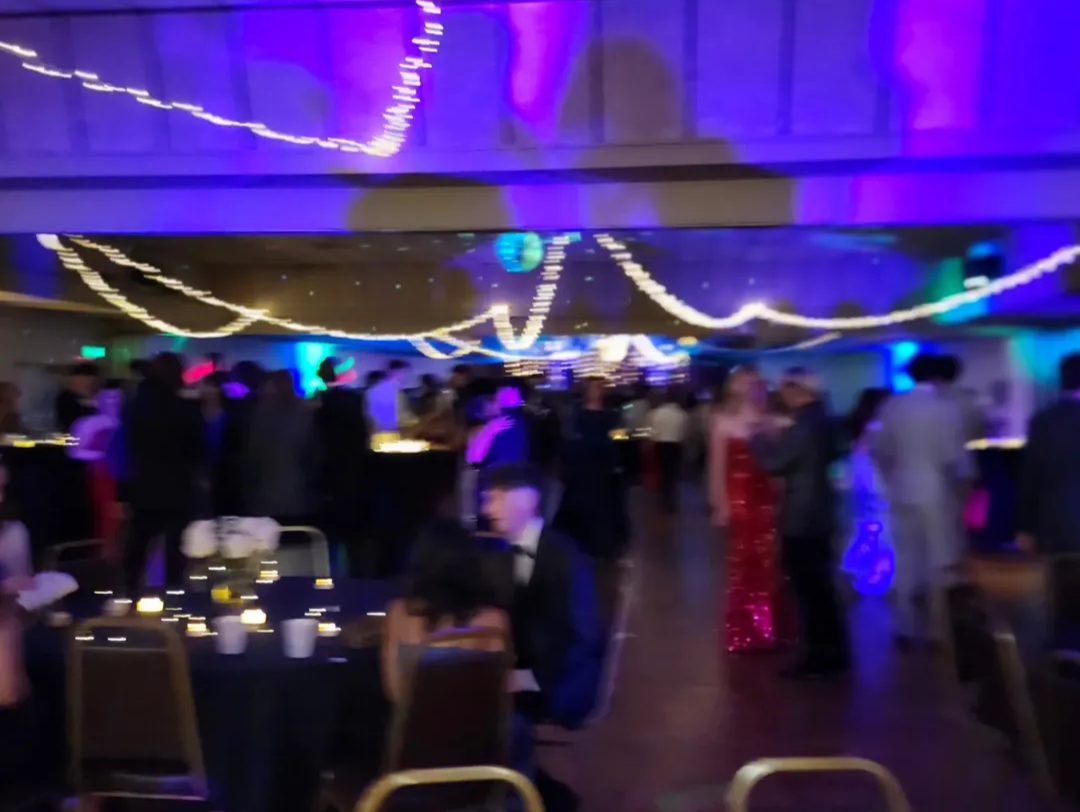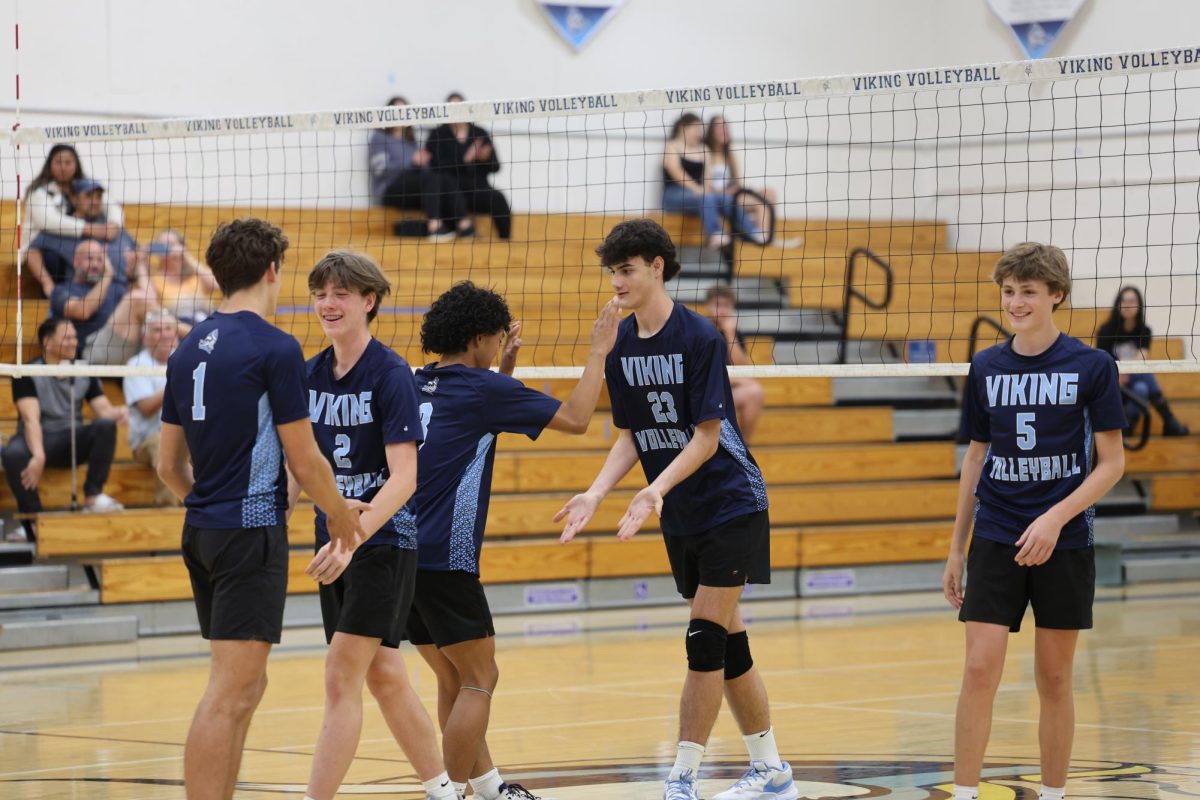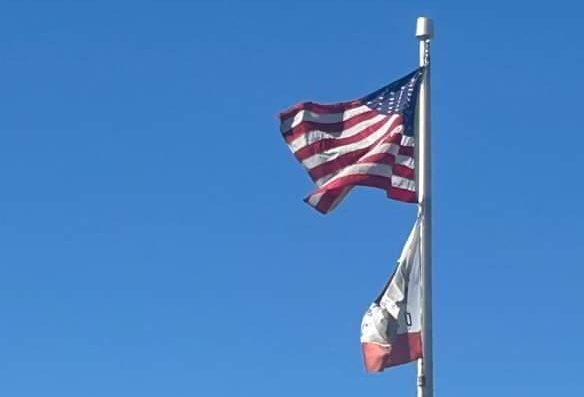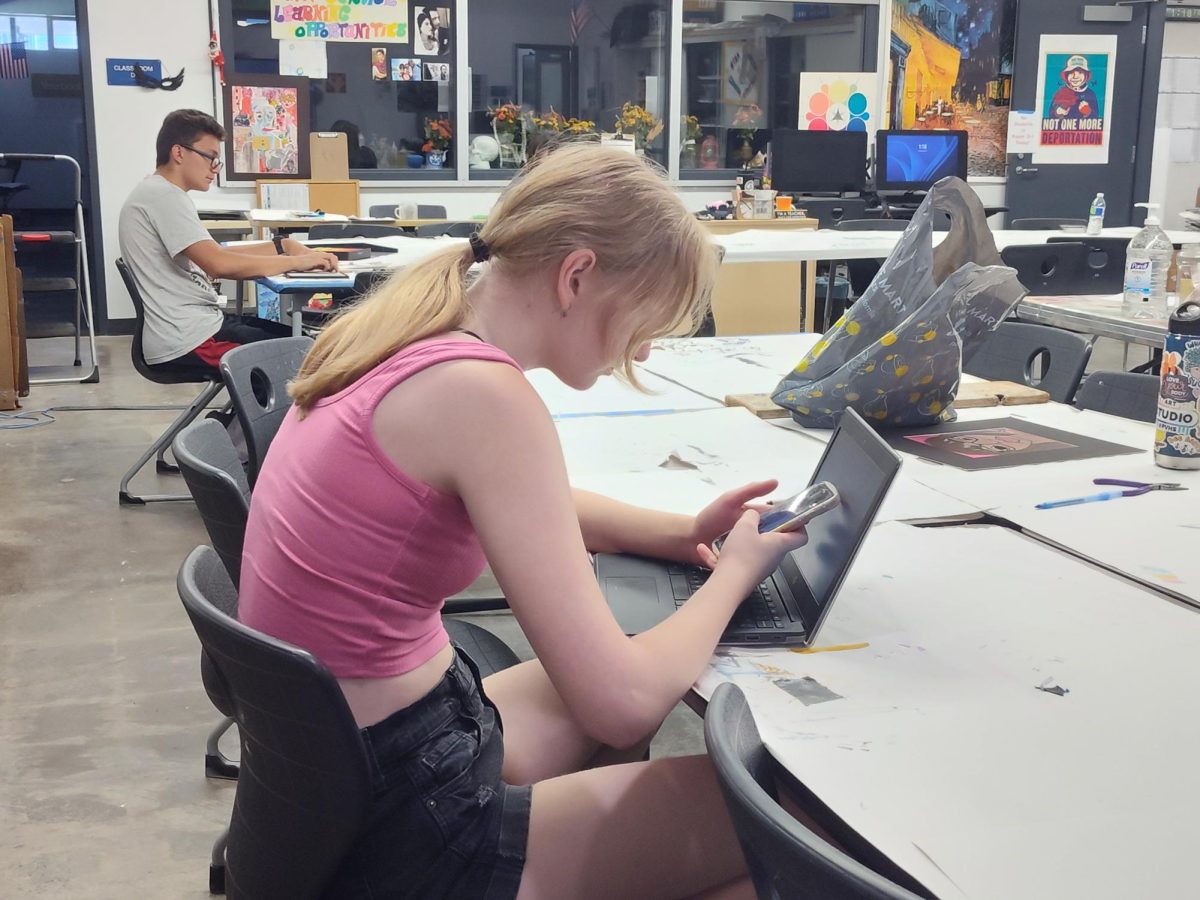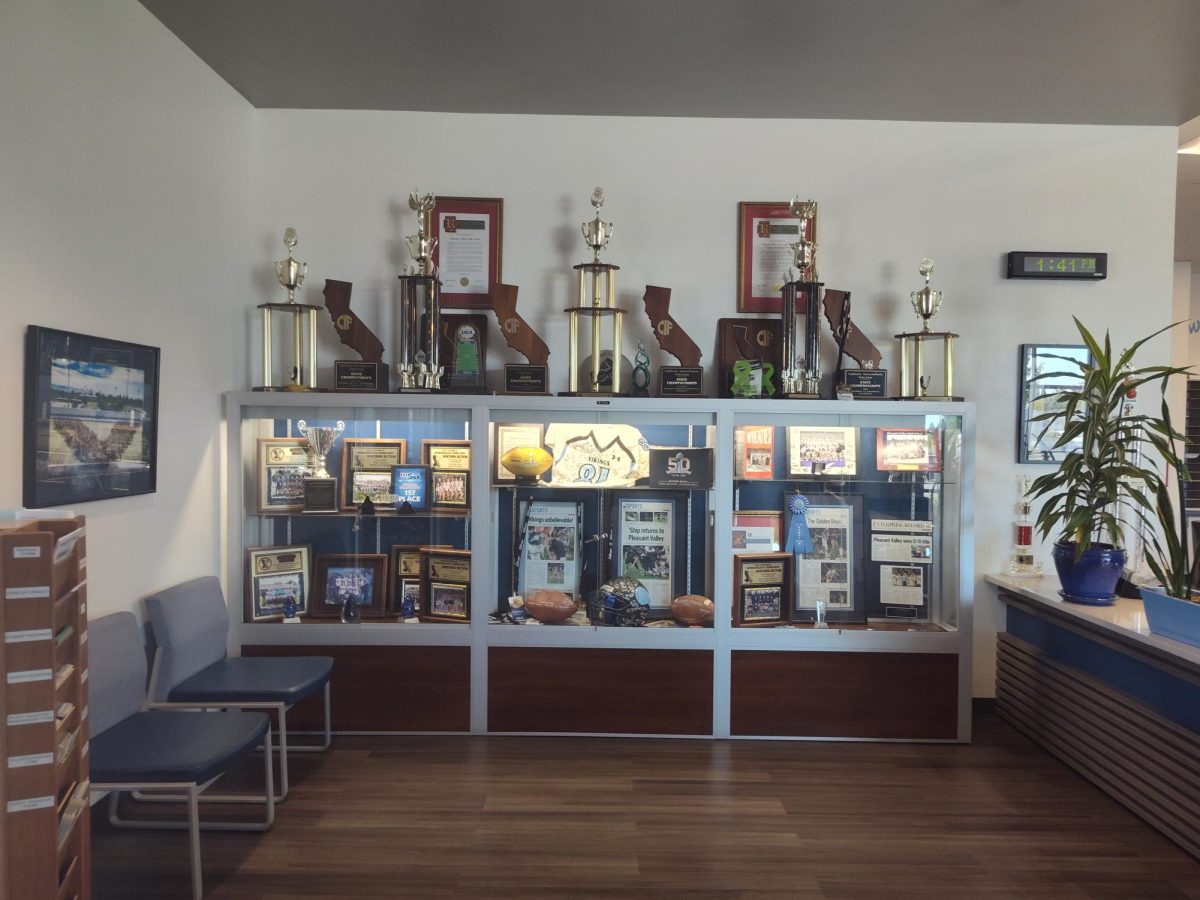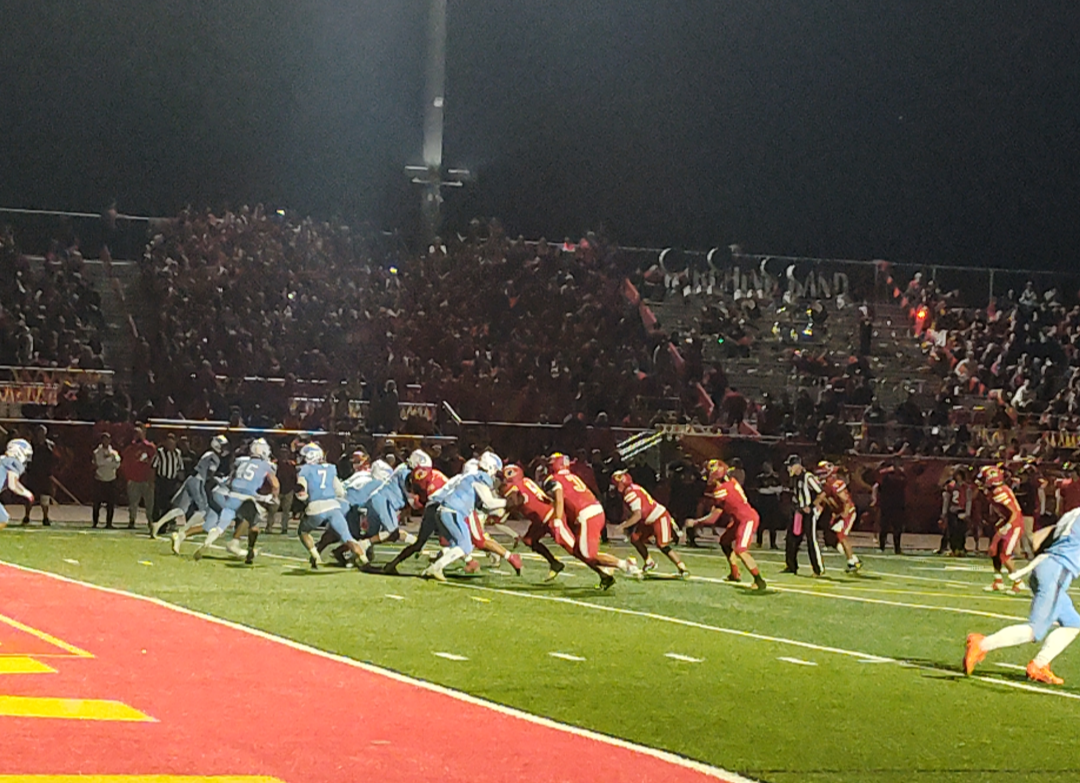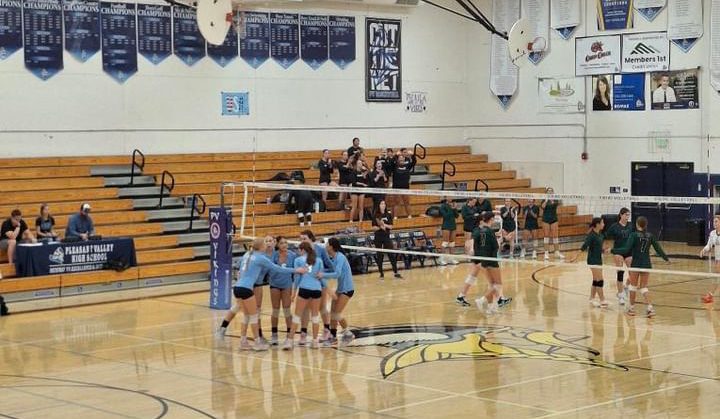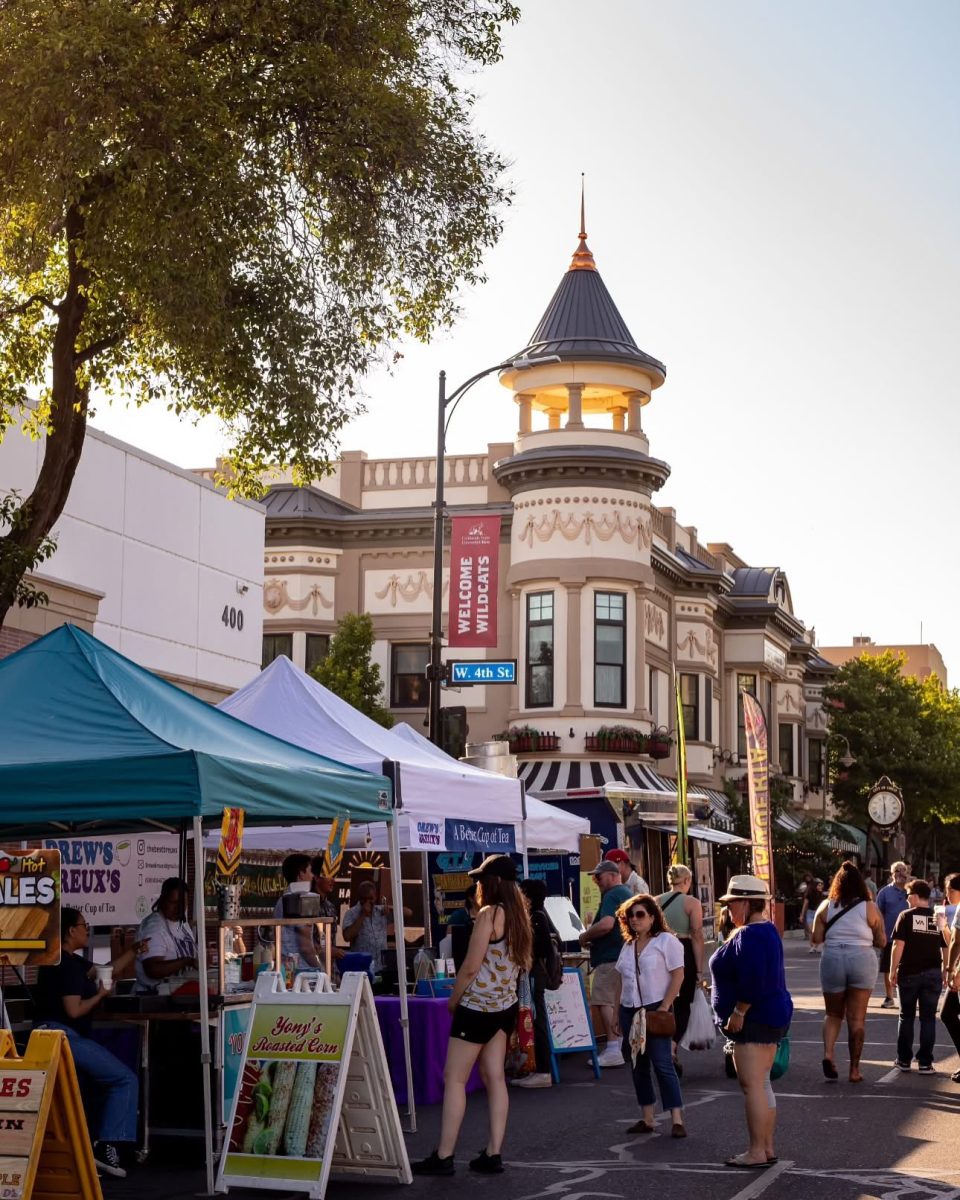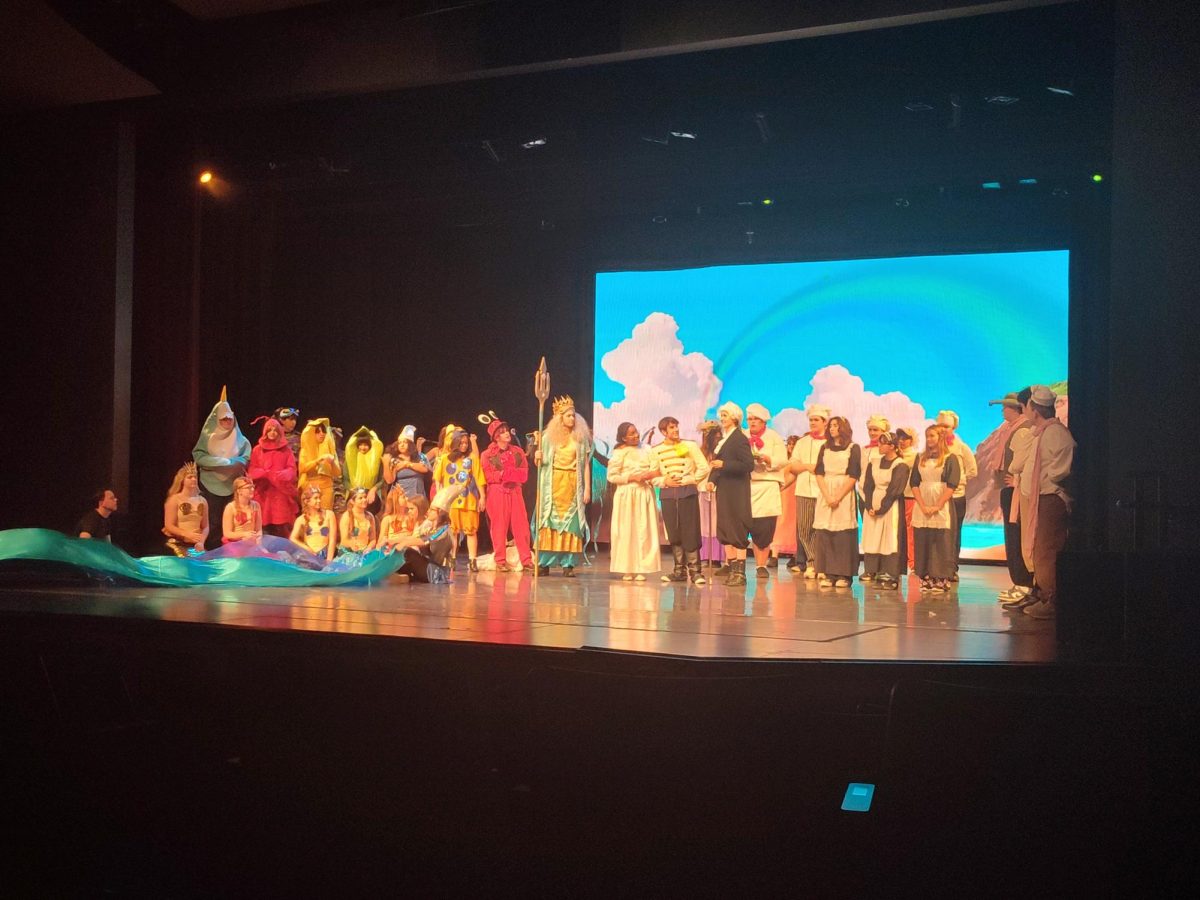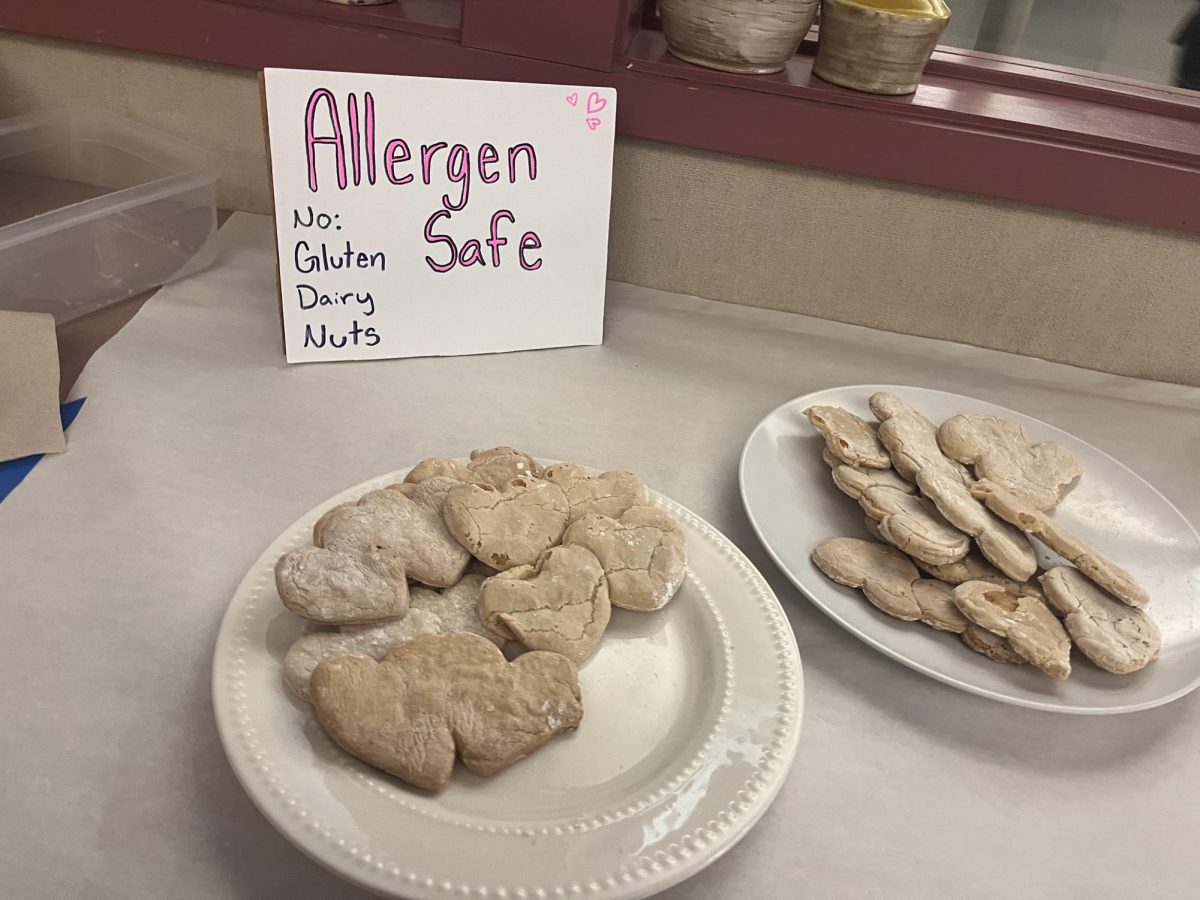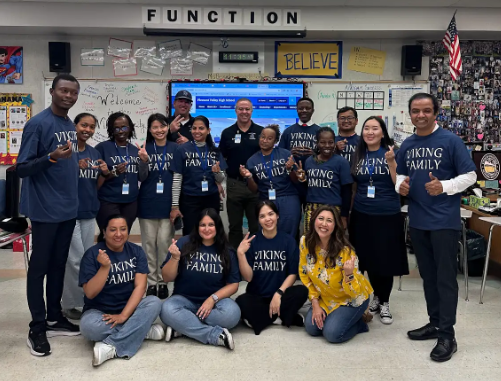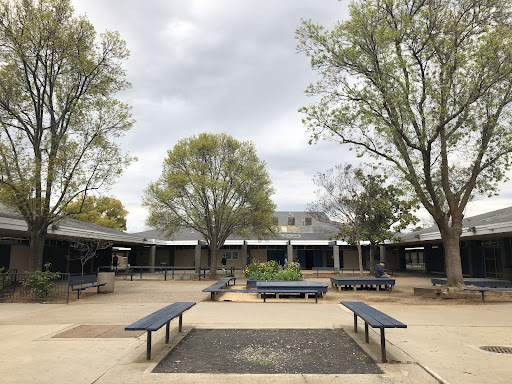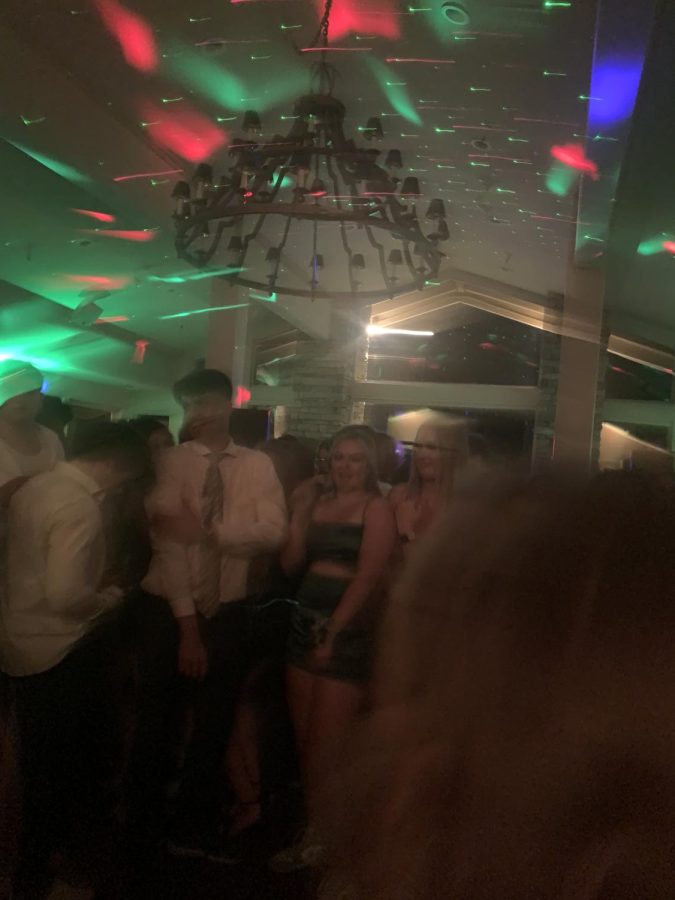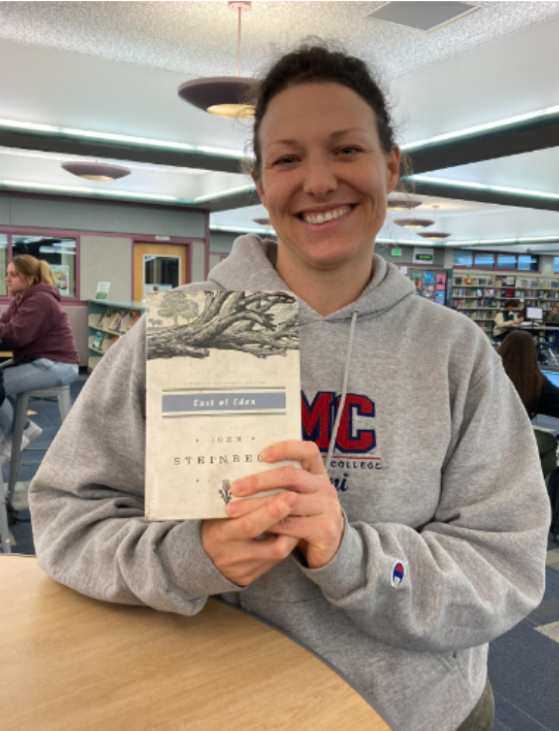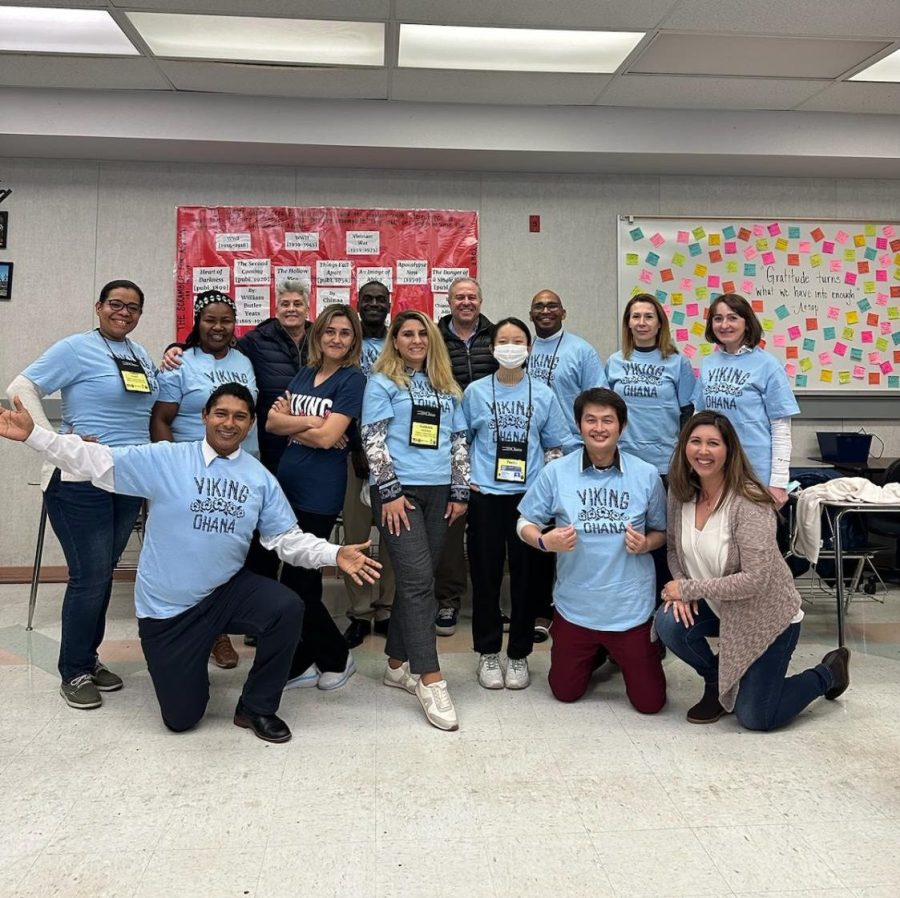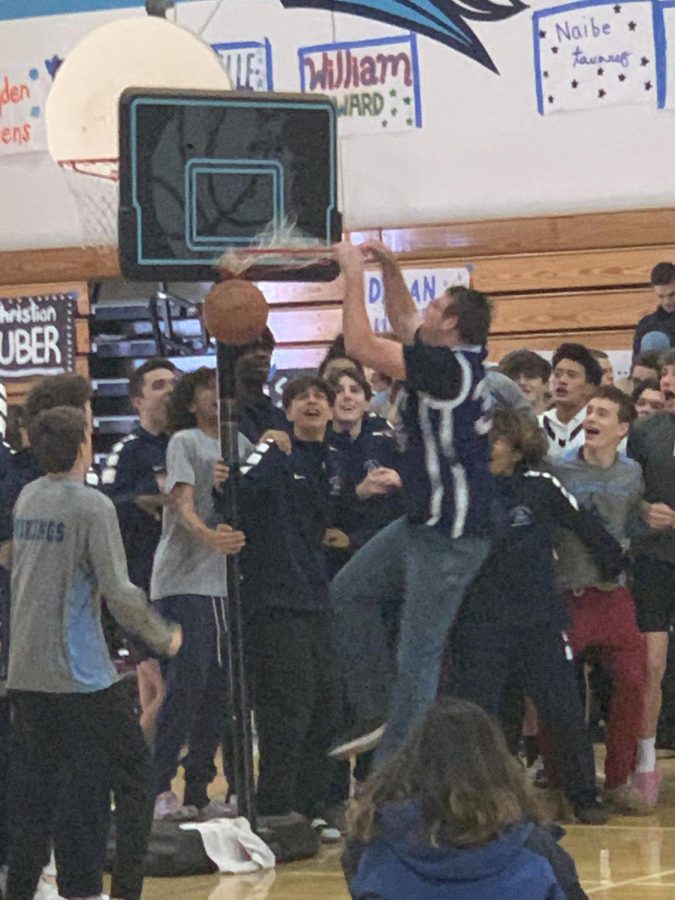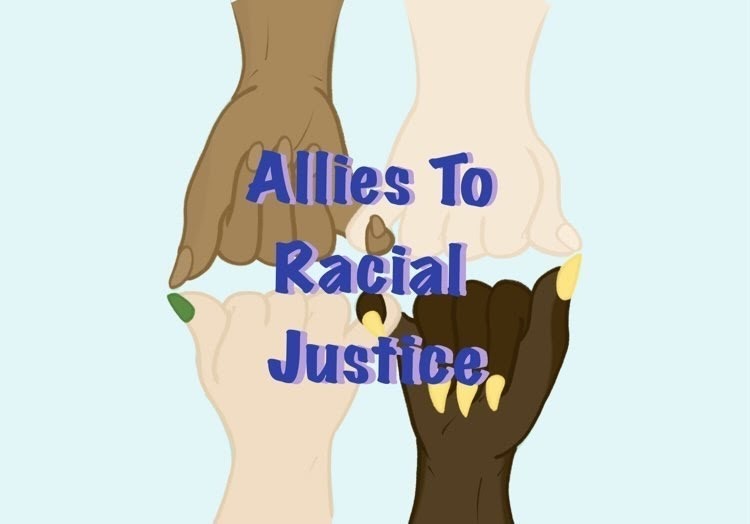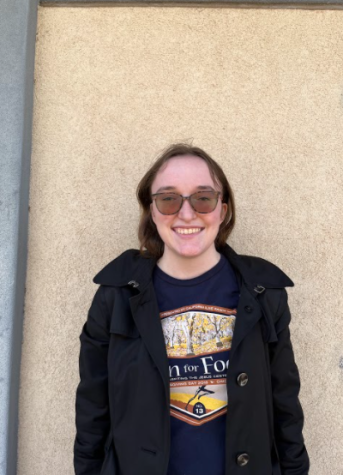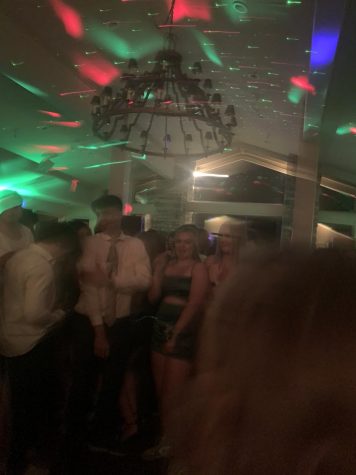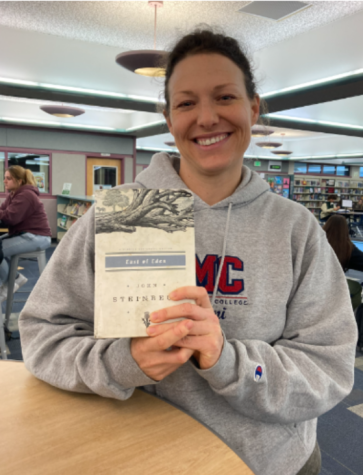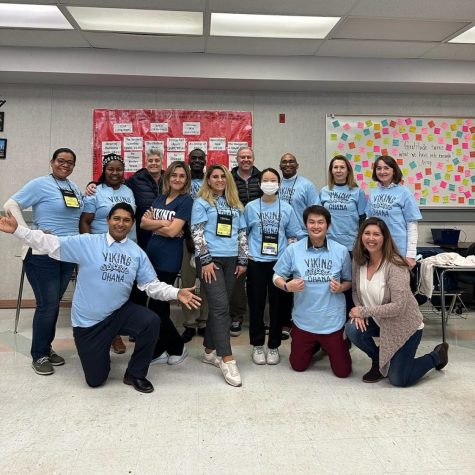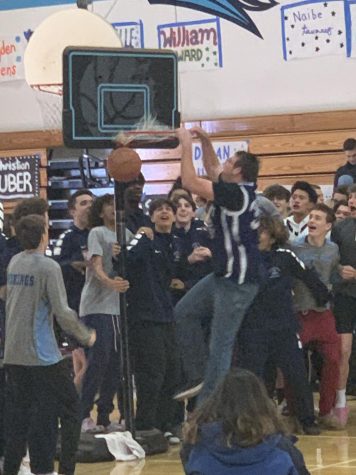How to Be an Ally
The conversations over racial injustice and gender identity discrimination have existed since before the summer 2020 activism supporting Black Lives Matter and more recent #StopAsianHate, but something about the most recent events have sparked power in the people. This is the time for action. So, what can you do?
Become an ally. “Ally” is a term that regained popularity on social media during the peak of the Black Lives Matter protests in the Summer of 2020.
Learning for Justice is an organization that works with educators, students, and communities to combat racial discrimination. They define allyship as “ recognizing oppression broadly and standing in solidarity with anyone who experiences oppression—whether or not the ally also belongs to a targeted group.”
According to the California Department of Education, 64% of the students who were enrolled at PVHS in the 2019-2020 school year were Caucasian. Yet, this does not mask the fact that there were still nearly 2,000 students enrolled at PVHS who were people of color. Being a person of color is intimidating in an abyssal of White. You’re not only afraid of sticking out, but you’re also afraid that you’d never be acknowledged.
“I grew up in Orland and as a teenager, I heard about PVHS as a ‘rich, white kid school’,” said Mauricio Jaime-Arellano, better known as “Señor Jaime-Arellano”.
Jaime-Arellano is Mexico-born and working on gaining his citizenship in the US. He teaches Spanish as well as English Language Development (ELD) at PVHS and shares that as a student teacher he came to PVHS to see if the stereotypes he heard as an adolescent were true. He recognized that PVHS was a great school of high-achieving students but also recognized that there seemed to lack diversity on campus. Throughout his years at PVHS, he noticed that diversity amongst students and staff has increased gradually with his time here.
Jaime-Arellano believes in being available for any student who is struggling and being “the teacher you always wanted to be” is the guide to aiding all students on campus, regardless of factors such as race or ethnicity; he encourages his fellow educators to do the same.
Jaime-Arellano also emphasizes the importance for teachers to know about PVHS’s Targeted Case Manager, Mai Xiong and her role on campus. Having previously worked as a case manager, Jaime-Arellano shared his experiences with families who do not speak English and how beneficial it was for them to have someone there. He encourages teachers to acknowledge students of color who are in ELD that have to work especially hard in English as well.
“Being sincere with the conversations you have with people is important,” says Jaime-Arellano when asked what qualities make up an ally, “Having meaningful conversations is going to be beneficial to you in the long run.”
Mai Xiong is PVHS’s Targeted Case Manager and also has an office at Marigold Elementary School. She works with students and families who are at-risk and need extra support. Additionally, Xiong is a part of the English Learning Advisory Committee that aids students and their families in the ELD program who are classified as English Learners. As the ELAC supports many people of color, Xiong shares that their “handouts are always in Hmong, Spanish, and English.”
On the front lines, Xiong also shares that she does notice less diversity at both PVHS and Marigold than other schools in Chico. But, like Jaime-Arellano, she recognizes that both sites are increasing in diversity and the school district is trying their best to keep it that way.
“Just keep an open mind because it is hard [being a person of color],” Xiong advises students and educators who want to strengthen their roles as allies, “Being willing to learn is important. I am a person of color myself and I’m still learning, too.”
Xiong works incredibly hard to support students who need just a little bit of extra support. If you are in need of any help, you can reach out to Xiong in the PVHS office or by email.
Kayius Lewis, an African American sophomore at PVHS, feels accepted and says that there are a lot more people of color at PVHS than one would think, given that PVHS is known for having a White majority population.
“I think it’s a great thing that everyone’s coming together to stand up for our rights,” remarked Lewis about representation of people of color at PVHS and in his Chico community, “We’re doing great things.”
Lewis emphasized that unity was an important factor for dismantling racism, especially strengthening the concept of “Viking Family” at PVHS. Jaime-Arellano had felt similarly that there are students who do not feel connected to the idea of a “Viking Family.”
“There are some peers who need a little push,” Jaime-Arellano says, “Be the one who reaches out first.”
Also at PVHS, Lewis recognizes that many students are afraid and feel intimidated to speak up when they witness acts of racism on campus. He feels that with speaking out, these individuals feel they’d be singled out as well. Discussion about racism and proactiveness is what he advocates.
“Don’t be scared to speak up (about racism)– it holds everything back,” Lewis advises, “ and things will stay just as bad in the end.”
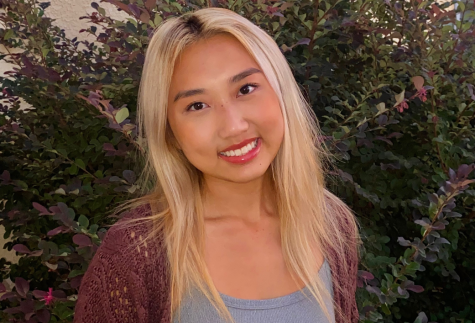
Destiny Lee is returning for her second year as an editor! She hopes that she can create a space where her peers can stay connected, be empowered, and...
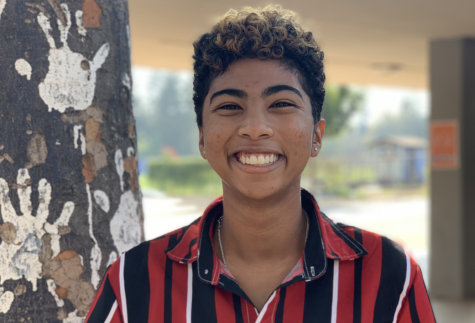
Asha is a Senior and onto their second year in The Saga. They enjoy writing to connect with the community and to express creativity. In their free time,...


